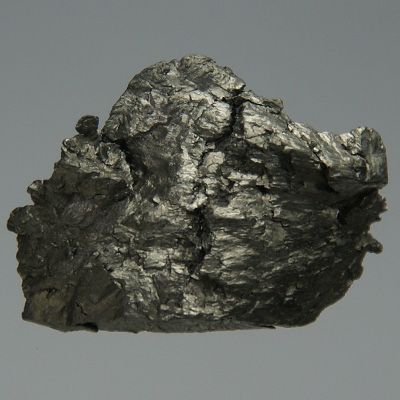Facts About Gadolinium
Atomic Number: 64 Atomic Symbol: Gd Atomic Weight: 157.25
Melting Point: 2,395 F (1,313 C) Boiling Point: 5,923 F (3,273 C)
Word origin: The element’s name is derived from gadolinite, a mineral named for Finnish chemist Johan Gadolin.
Discovery: Swiss chemist Jean Charles Galissard de Marignac separated gadolinia, the oxide of gadolinium, in 1880. In 1886, French chemist Paul-Émile Lecoq de Boisbaudran isolated the element from yttria (yttrium oxide).
Properties of gadolinium
Gadolinium, a member of the lanthanides group of elements, is malleable, silvery white element and has a metallic sheen, similar properties seen in related rare earth metals. [See Periodic Table of the Elements]
At room temperature, gadolinium crystallizes in the hexagonal, close-packed alpha form. Alpha gadolinium transforms into the beta form, which has a body-centered cubic structure, when heated to 2,255 F (1,235 C).
The metal is relatively stable in dry air, but tarnishes in moist air. The metal is soluble in dilute acid and reacts slowly with water.

At 49,000 barns, gadolinium has the highest thermal neutron capture cross-section of all the recognized elements.
Sources of gadolinium
Obtained from the mineral gadolinite, gadolinium is also found in several other minerals, including monazite and bastnasite, which have commercial implications. With the development of ion-exchange and solvent extraction techniques, gadolinium and the other rare earth metals have become more available and prices have dropped.. The metal can be prepared through a process of reducing anhydrous fluoride with metallic calcium.
Uses of gadolinium
Gadolinium compounds are used as phosphors in color televisions and gadolinium yttrium garnets have application in microwaves .
The metal has unusual superconductive properties. The resistance and workability of iron and chromium can be improved with as little as 1 percent gadolinium. Due to its low noise characteristics, gadolinium ethyl sulfate has been explored for duplicating the performance of amplifiers.
The rare earth metal has special Curie temperature above which ferromagnetism vanishes, giving rise to the potential that it could be used as a magnetic component that can sense hot and cold.
(Source: Los Alamos National Laboratory)
Sign up for the Live Science daily newsletter now
Get the world’s most fascinating discoveries delivered straight to your inbox.










